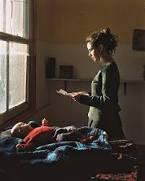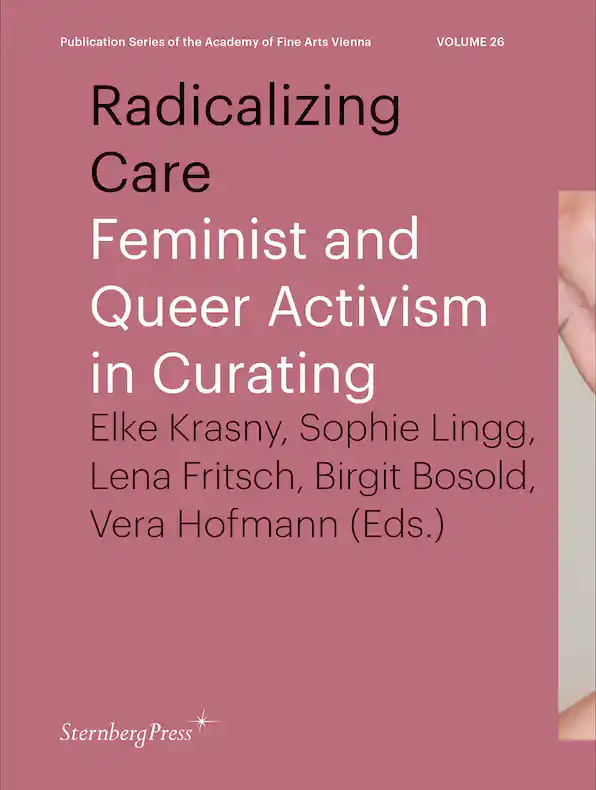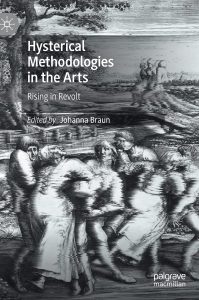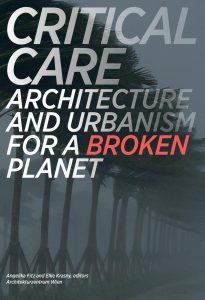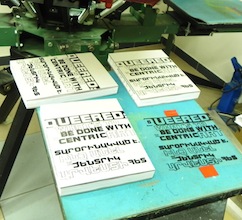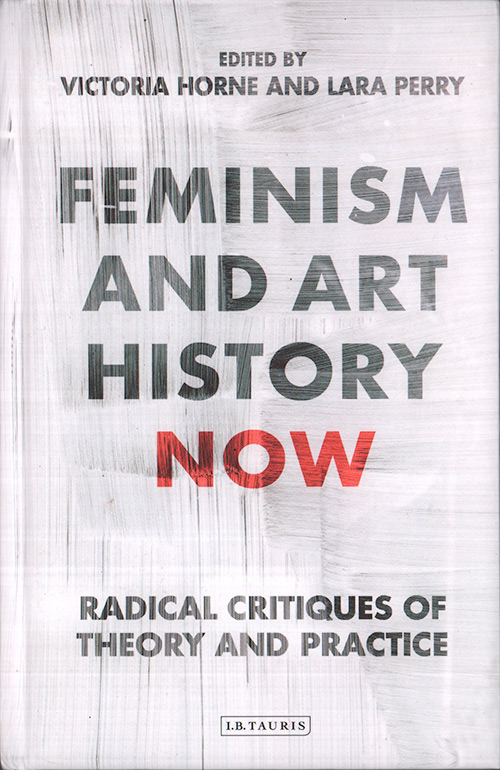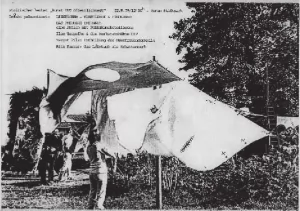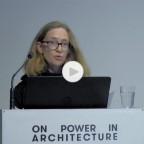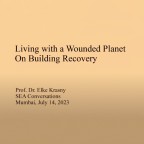Krasny, Elke. “Die Wohnfrage. Von den Maßstäben der Sorge.” 2021
Krasny, Elke. “Die Wohnfrage. Von den Maßstäben der Sorge.” Arch+ 54/244 (2021): 52-55
Wohnen ist für das menschliche Leben unerlässlich. Dabei bezeichnet das Verb „wohnen“ im engeren Wortsinn keine Tätigkeit, und es würde vielen wahrscheinlich sogar ziemlich schwer fallen, geeignete Worte zu finden, um all das zu fassen, was sie eigentlich tun und womit sie beschäftigt sind, wenn sie wohnen. Es besteht ein Bewusstsein dafür, dass das Wohnen eine Vielzahl von verschiedenen Tätigkeiten beinhaltet, die zur alltäglichen Aufrechterhaltung des menschlichen Lebens notwendig sind. Dieses Bewusstsein hat nicht zuletzt auch Eingang in die 1948 von den Vereinten Nationen formulierten Menschenrechte gefunden: „Jeder hat das Recht auf einen Lebensstandard, der seine und seiner Familie Gesundheit und Wohl gewährleistet, einschließlich Nahrung, Kleidung, Wohnung …“2 (≥ Beitrag Jakob Holzer / Constanze Wolfgring). Über eine Wohnung zu verfügen und wohnen zu können, gilt daher als eines der menschlichen Grundbedürfnisse und wird in rechtlicher, rechtsphilosophischer und ethischer Hinsicht als Daseinsnotwendigkeit aufgefasst. Grundbedürfnis und Daseinsnotwendigkeit sind hehre Begriffe für all jene Tätigkeiten und Aktivitäten, die im Alltag eher als repetitiv, selbstverständlich, mitunter auch banal wahrgenommen werden. In den als die „eigenen vier Wände“ bezeichneten Räumen wird das Grundbedürfnis gelebt, das Daseinsnotwendige verrichtet. Dazu zählen etwa Schlafen, Kochen, Essen und Körperreinigung. Im allgemeinen Sprachgebrauch erscheint es selbstverständlich, dass mit „wohnen“ nicht nur all das mitgemeint ist, sondern auch die Orte, die diese Tätigkeiten räumlich organisieren und vor allem deren Ausübung überhaupt erst möglich machen: die Wohnungen und Häuser.
Caption: Woman Reading a Possession Order, 1997 Persons Unknown, Fotoserie von Tom Hunter
